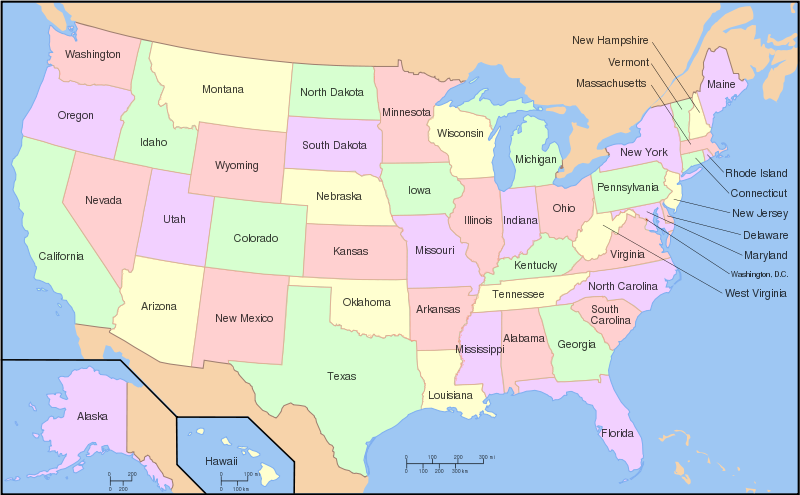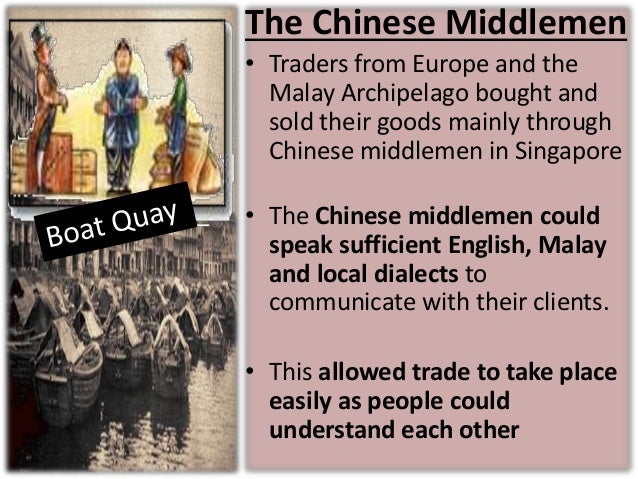-
Anglo Chinese Manual Of The Amoy Dialect Quiz카테고리 없음 2020. 2. 23. 03:51

Frontispiece of Doty's Anglo Chinese Manual of the Amoy Dialect (1853)The system expounded by Medhurst influenced later dictionary compilers with regard to tonal notation and initials, but both his complicated vowel system and his emphasis on the literary register of Southern Min were dropped by later writers. Following on from Medhurst's work, became the chief proponent of major changes in the orthography devised by Morrison and adapted by Medhurst. Through personal communication and letters and articles printed in The Chinese Repository a consensus was arrived at for the new version of POJ, although Williams' suggestions were largely not followed. The first major work to represent this new orthography was Elihu Doty's Anglo-Chinese Manual with Romanized Colloquial in the Amoy Dialect, published in 1853. The manual can therefore be regarded as the first presentation of a pre-modern POJ, a significant step onwards from Medhurst's orthography and different from today's system in only a few details. From this point on various authors adjusted some of the consonants and vowels, but the system of tone marks from Doty's Manual survives intact in modern POJ.
Minnan Chinese Dialect
Has traditionally been regarded as the founder of POJ among the community which uses the orthography, although it now seems that he was an early promoter of the system, rather than its inventor.In 1842 the was concluded, which included among its provisions the creation of treaty ports in which Christian missionaries would be free to preach. (then known as Amoy) was one of these treaty ports, and British, Canadian and American missionaries moved in to start preaching to the local inhabitants. These missionaries, housed in the cantonment of, created reference works and religious tracts, including a bible translation.


Naturally, they based the pronunciation of their romanization on the speech of Xiamen, which became the de facto standard when they eventually moved into other areas of the Hokkien, most notably Taiwan. The 1858 Treaty of Tianjin officially opened Taiwan to western missionaries, and missionary societies were quick to send men to work in the field, usually after a sojourn in Xiamen to acquire the rudiments of the language.